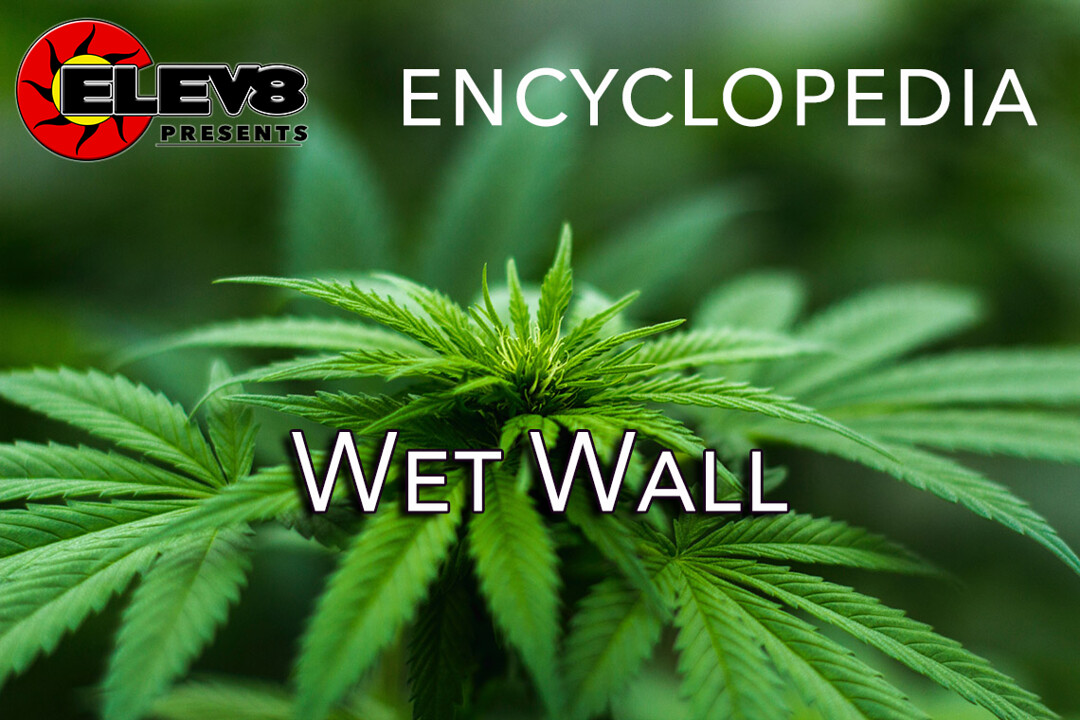What does Wet Wall mean?
The term wet wall is a construction term that has carried over to the world of hydroponic gardening.
Essentially, a wet wall is simply a wall that holds water pipes and has been designed to resist moisture. They are most common in vertical gardening to contain the garden’s irrigation system.
More Info On Wet Wall
In order to thrive, plants need access to a constant supply of water and nutrients. In the natural world, this is provided by soil and rainwater (or irrigation). With indoor growing, plants require artificial watering and nutrient supply. While hydroponic systems focus on horizontal growing areas filled with a nutrient solution, vertical gardening poses unique challenges, and will require the construction of a wet wall.
Wet wall is a term used in the construction industry to denote any wall hiding water-carrying pipes from view. They’re generally found in or near bathrooms, kitchens, and laundry rooms. In the realm of vertical gardening (whether indoors or outdoors), a wet wall is the combination of framing, fabric, and an irrigation system that allows you to grow plants on a vertical surface.
Wet walls must achieve several goals. First, they must protect the underlying structure from potential damage from moisture. This is generally achieved by using plastic sheeting as one of the base layers (against the existing upright wall). The framework is applied over the plastic sheeting, and then at least two layers of fabric are added to the outside of the frame.
The fabric will do two things – it will hold the plants being grown, and will also help retain moisture from the irrigation system put in place to keep those plants watered. Many vertical gardens use a top-mounted drip irrigation system that disperses water down the wall







